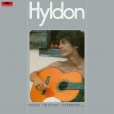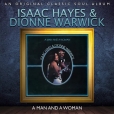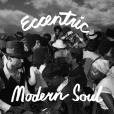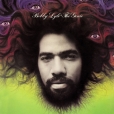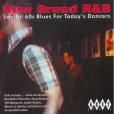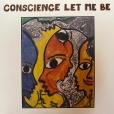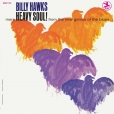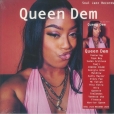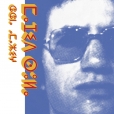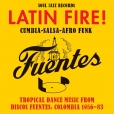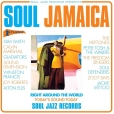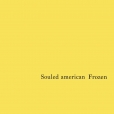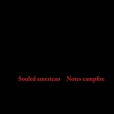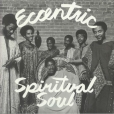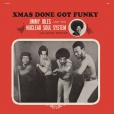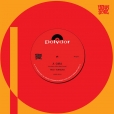Your basket is empty

A landmark blend of MPB, soul, and funk, from 1975.
Legendary, stone-classic jazz-funk from 1977; produced by Wayne Henderson for At Home.
A terrific haul of Studio One essays in soul and funk, from the close of the sixties, and early seventies; stuffed with gems and rarities.
The Gladiators, Zoot Simms, Cedric Brooks, Sound Dimension… a killer lineup in sparkling renditions of Sly and The Family Stone, Diana Ross and The Supremes, Nina Simone, Gene Chandler, Tyrone Davis and co.
The Tenderness Trio was sisters Jussara and Jurema Silva, and their brother Robson.
From 1973, A Gira is dedicated to nature, spirituality and mindfulness, by way of a tribute to a Candomblé deity, with mesmerizing polyrhythms from the start, soaring vocals and beautiful playing. As the sisters put it — “It has the dancing, the expression, the lyrics and musical relaxation. Something very Brazilian.”
B/w a surprise version of Gato Barbieri’s Last Tango In Paris.
Ace.
